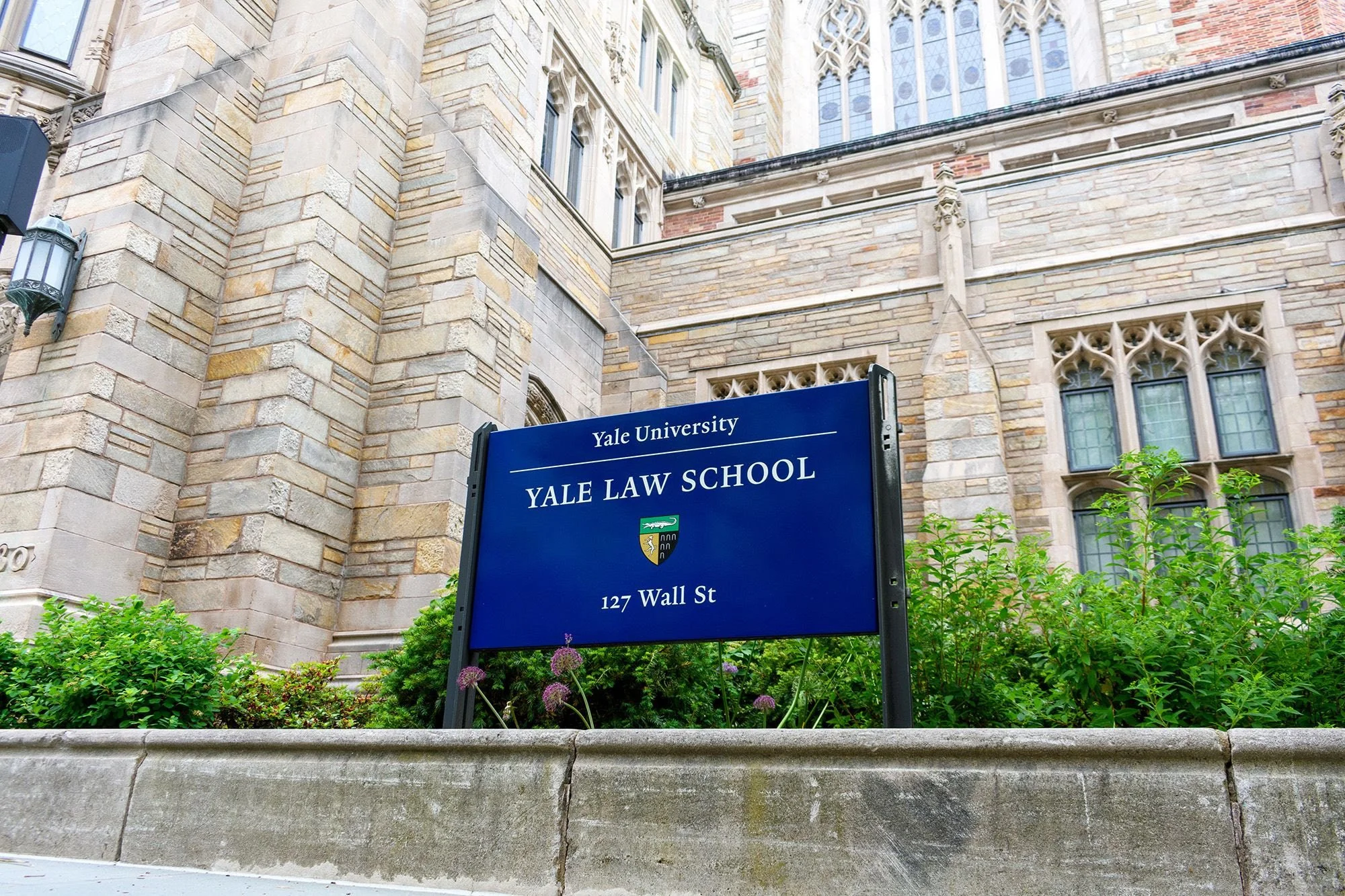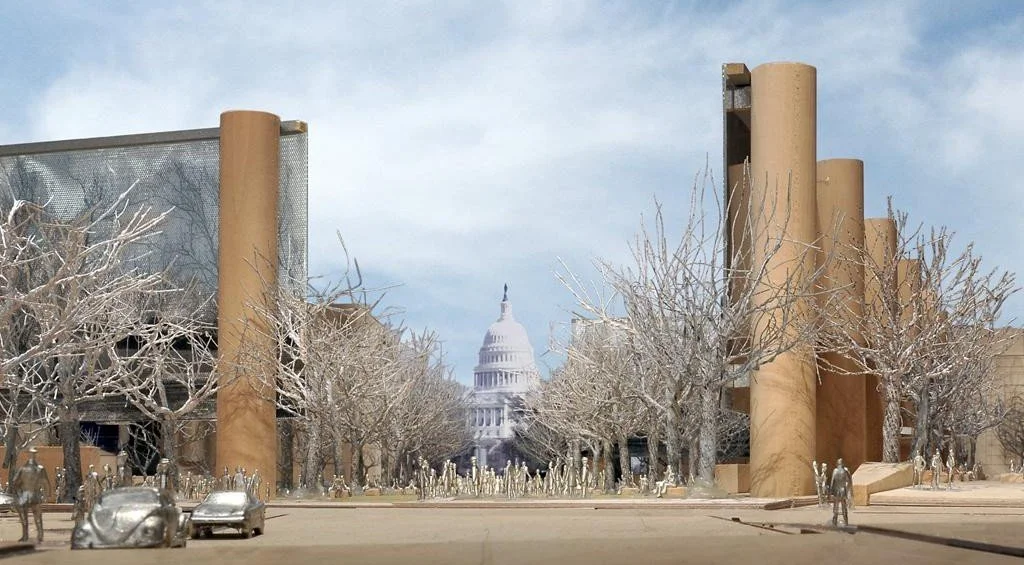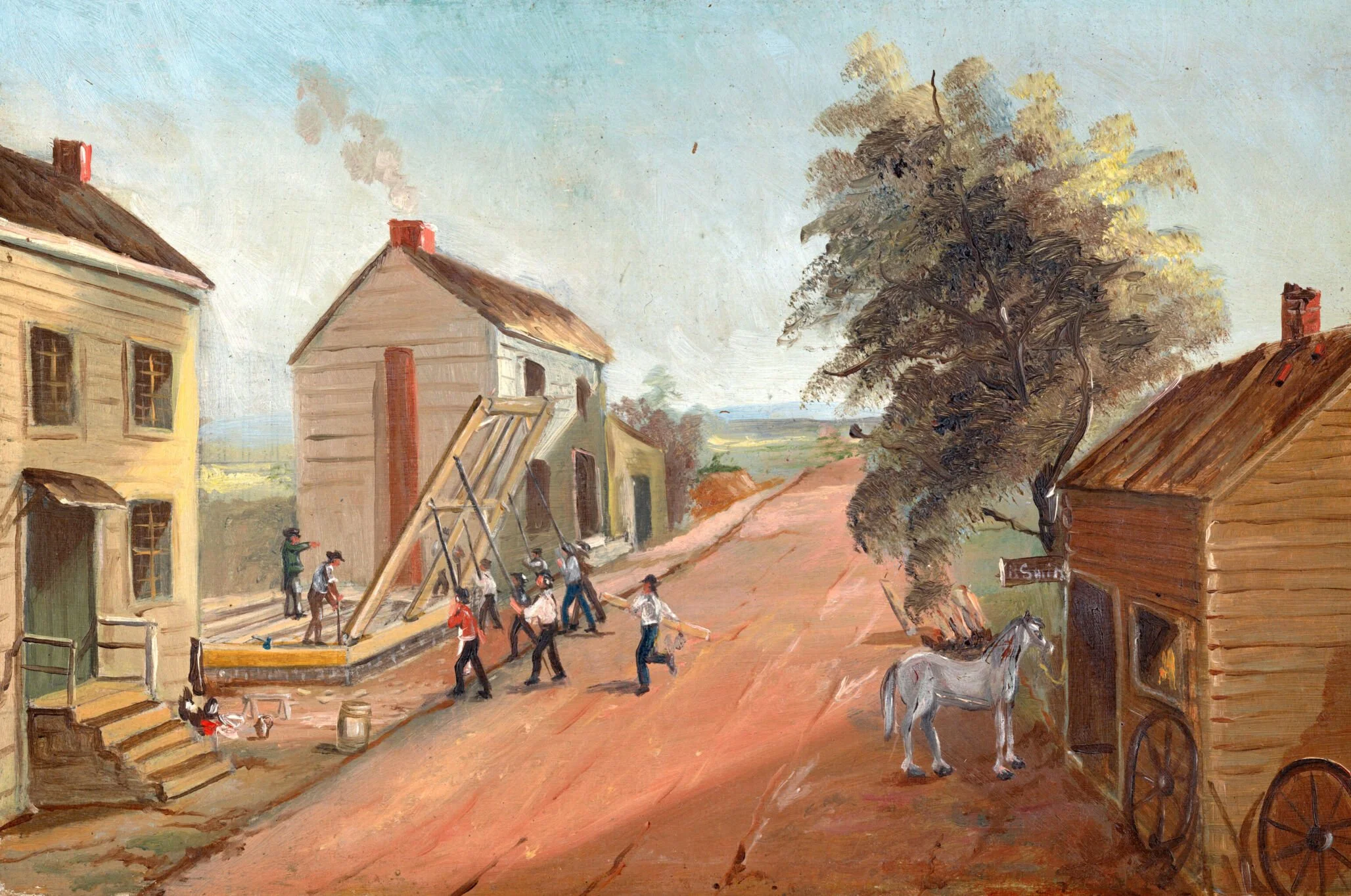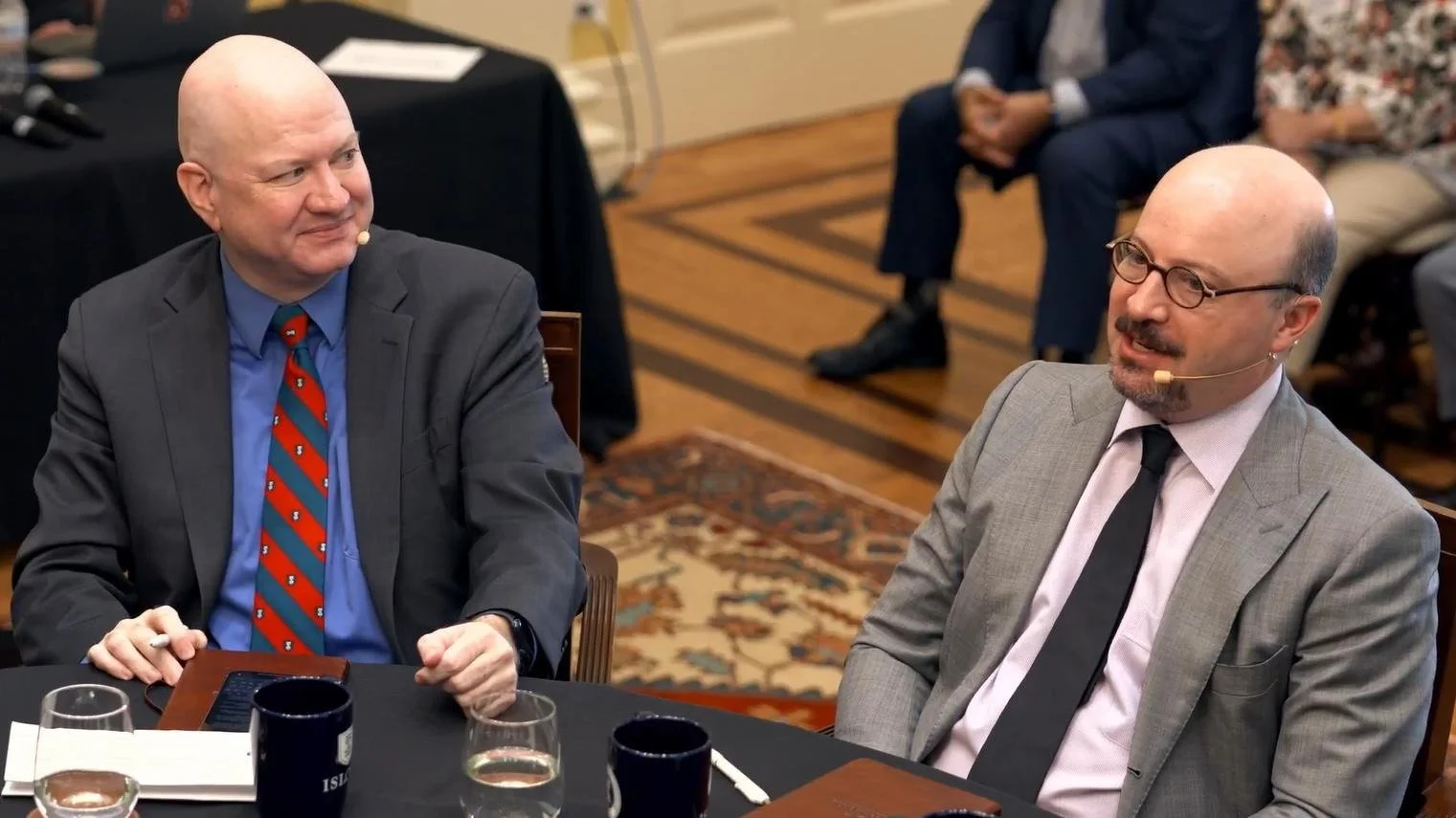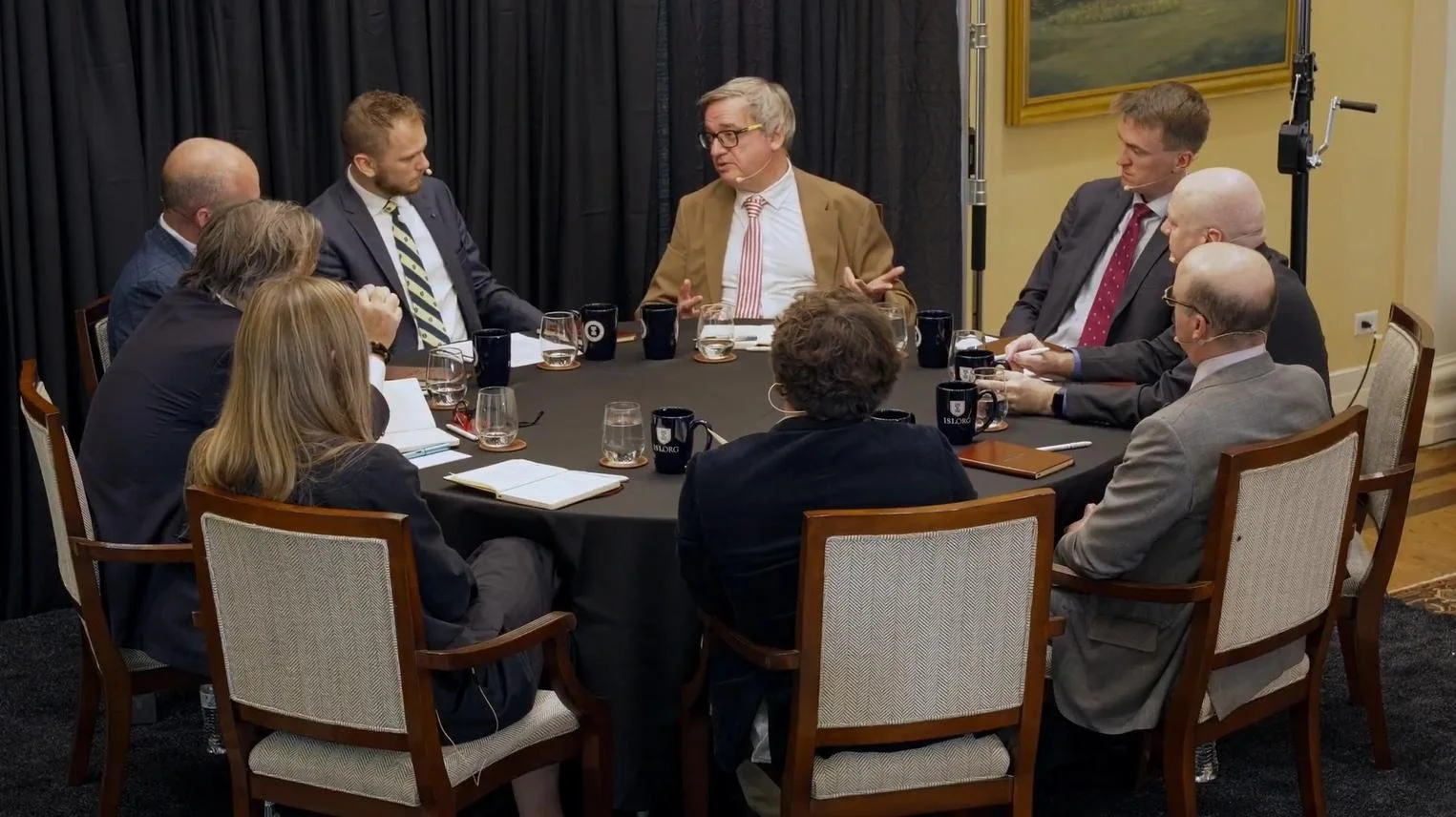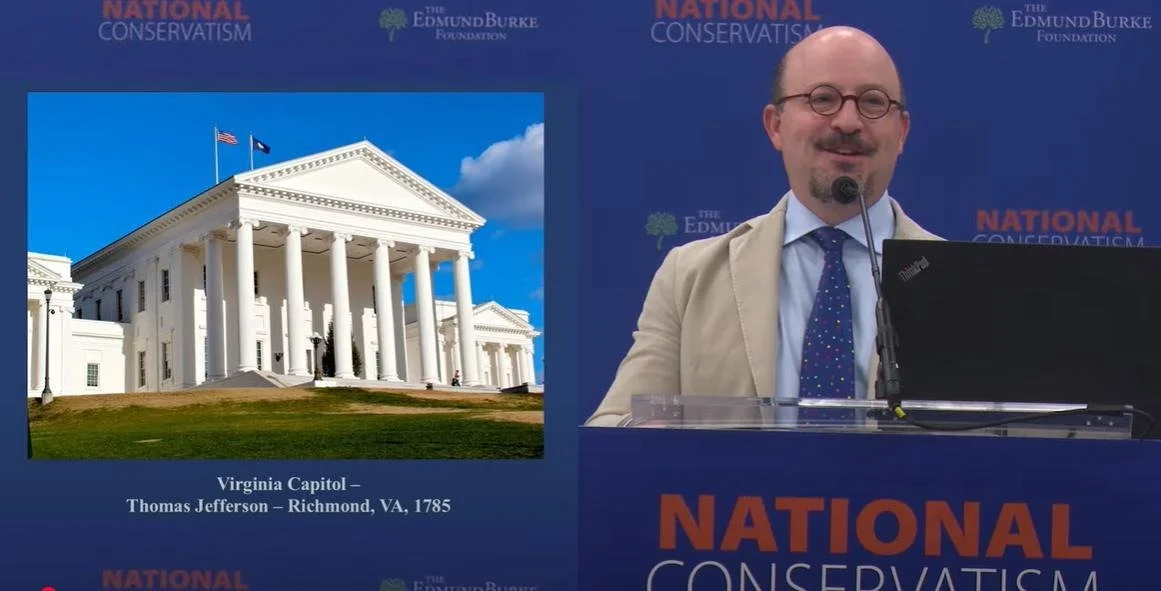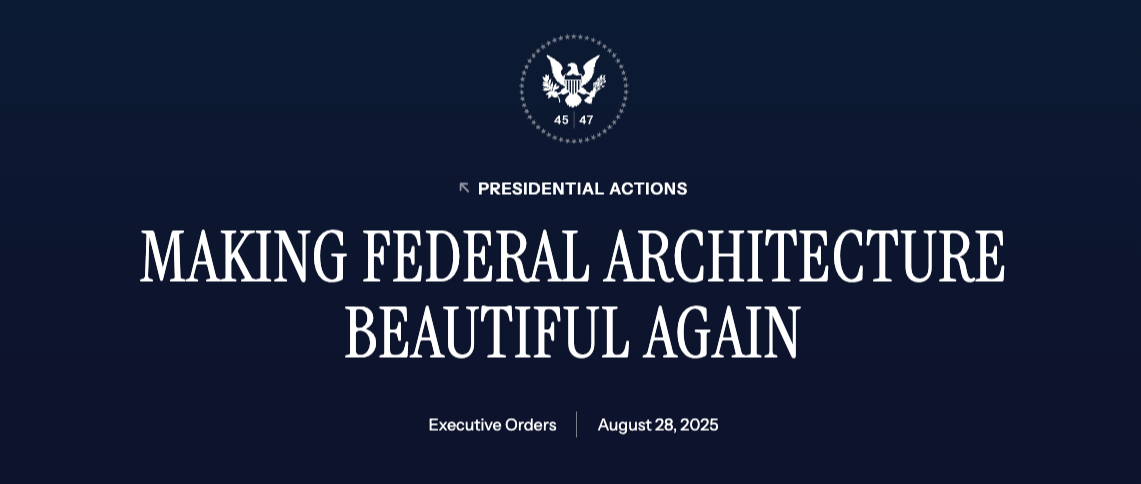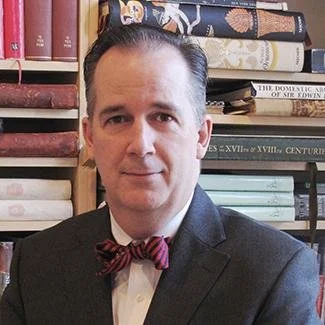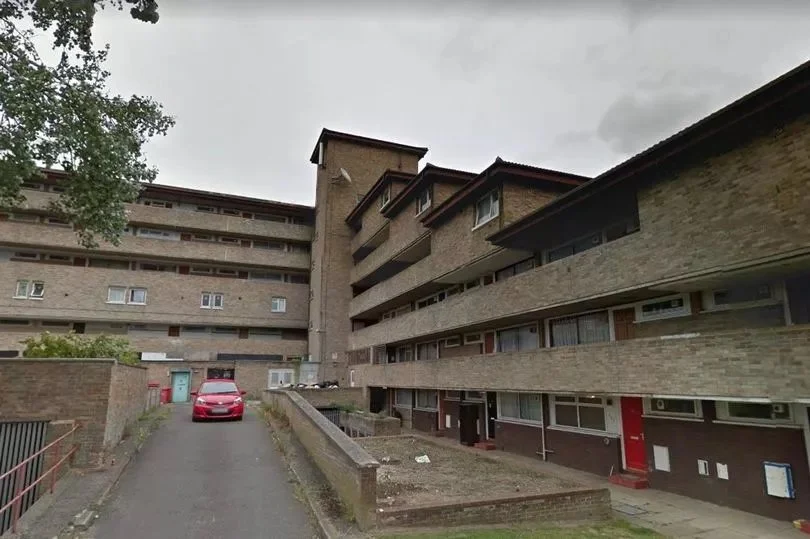Le Point, a French weekly newspaper, published an interview of NCAS President Justin Shubow as well as a companion news article, “Donald Trump’s Major Offensive Against ‘Just Really Ugly’ Architecture.” To quote the interview (via Google translate):
He is Donald Trump’s Mr. Architecture. Appointed chairman of the influential Commission of Fine Arts (CFA) during his first term, Justin Shubow is an anti-modernist, a fervent supporter of a return to an official style of federal architecture, along the lines of the Capitol, the Supreme Court, and the White House. In a famous 2020 executive order, for which Shubow was the penholder, Donald Trump imposed, at the end of 2020, a return to classicism for future public buildings. The text had caused consternation in the architectural community, who saw it as a reactionary offensive. The order was rescinded by Joe Biden upon his arrival in power, and Shubow was immediately removed from office. Trump’s return has relaunched the whole process. This time, the president has a free hand. What to expect? Justin Shubow answered questions from Le Point.
Le Point: Why do you hate Brutalist architecture, which has given its style to many government buildings and even the FBI headquarters?
Justin Shubow: Brutalism is based on the truth of matter, especially raw concrete. According to its theorists, it expresses the harsh reality of life. The Brutalists spoke of “rough poetry.” It’s an ethic, more than an aesthetic. It’s about building as if you were issuing a challenge. Brutalism isn’t just about buildings; it’s also a complete rejection of the past—not just past architecture, but past ways of life.
At their worst, Brutalist buildings instill a sense of fear. They overwhelm with their power. Some openly admire Brutalism for this sinister quality. Associated with state buildings, the Brutalist style symbolizes faceless bureaucracy. It also embodies the ethos of mass production, as Le Corbusier himself stated. Large Brutalist housing projects were built for the poor, but do the residents really like them? Do they have a positive influence on their lives? Why is Brutalist architecture so often used in dystopias like A Clockwork Orange?
Your critics believe that the Brutalist style also evokes a certain era, that of the welfare state, when the idea of governing for the common good dominated in Washington.
They support this style because they see good intentions in it. But buildings should be judged by their effects, and these buildings have a horrible effect on the real world. Three different housing secretaries, whether Republican or Democratic, all hate the building: even on the ninth floor, it feels like a cave. While some people associate Brutalist architecture with America’s heyday, many Americans associate it with socialism and the USSR.
In Washington, don’t you see a single Brutalist-style building that appeals to you?
Not one.
Not even the subway?
There’s debate: in my opinion, the Washington Metro [platform level] is modern in style, but not brutalist. The project is above all a direct reference to the projects of Étienne-Louis Boullée, not to say a rip-off.
You talk about your fight as one between the elites and the American people. That’s Trumpian style.
Architects—if they’re honest—will tell you that they don’t like this or that Brutalist building because it’s beautiful. Beauty isn’t the point. They admire it for other criteria, like power, use of materials, etc. But the average American doesn’t see it that way. They look first at the building’s aesthetics.
For me, yes, it’s a battle between the public and the architectural elites — there’s no other word for it. The intelligentsia feels threatened because it’s almost entirely modernist. Architects are afraid of losing huge contracts. There’s a lot of money at stake. They’re also worried about a takeover of culture.
Are they right to be worried?
Federal architecture is public; we’re not talking about a painting or a novel. When taxpayers’ money is being used, when a building embodies a society’s values, the preferences of the general public should prevail.
If you ask Americans, they clearly prefer classical architecture for our public buildings. In 2020, my organization [the National Civic Art Society] commissioned a Harris Poll: 72% of respondents prefer classical and traditional architecture for federal buildings and courthouses. This holds true across demographics and even political affiliations: 73% of Republicans and 70% of Democrats prefer classical. . . .
Trump has been obsessed with FBI headquarters for years: he has said he wants to raze it since at least 2018 and is now leading a purge within the agency.
Oh, the FBI headquarters will definitely be razed. It’s falling apart anyway. The government has done a cost estimate: it will be cheaper to demolish it and build a new building than to restore it. This problem affects all Brutalist buildings. They age poorly, and they are very expensive to maintain. For example, it would take $500 million to restore the James V. Forrestal Building, the Brutalist headquarters of the Department of Energy. And I’m talking about the bare minimum, not the cost of converting it into office space that meets current standards.
Define the classicism you claim to represent.
Classicism is not a style per se, but an architectural tradition that dates back to ancient Greece and Rome and is based on certain principles. Founding Fathers George Washington and Thomas Jefferson were amateur architects; Jefferson was even a true genius. He designed the Virginia State Capitol based on the Maison Carrée in Nîmes, strictly adhering to the lines of a Roman temple. He was also heavily influenced by Parisian architecture. Later, he and Washington played a role in the design of the United States Capitol. Jefferson called the Capitol “the first temple dedicated to the sovereignty of the people, based on Athenian taste, but for people who look far beyond Athenian destinies.” No one would say that the Capitol evokes Germany, Italy, or whatever. This building is quintessentially American.
What you are basically accused of is imposing an official style, of decreeing what is beautiful or not, of twisting the arm of architects. Until now, a 1962 Kennedy report recommended avoiding such an approach and leaving the initiative to them.
But modernism became the de facto official style starting in 1962. The author of the report you cite, Daniel Patrick Moynihan, would later say that he wanted all federal architecture to resemble [whatever the “Whiskey Trust” was buildings–a reference to the International Style Seagram building by Mies van der Rohe]. Until the 1990s, no federal building was built in the classical or traditional style. Since 1994, no more than 10% of buildings have been classically or traditionally inspired. There is a de facto modernist orthodoxy.
The 2020 Trump order simply required “special regard” to the classical and traditional model, that the projects be validated by the general public, that they be “beautiful,” “inspiring,” and that they ennoble the United States.
The 2020 decree had, however, “imposed” a style concerning future buildings in Washington DC?
In the case of the capital, yes. The idea is that Washington was designed on a classical model and is considered a classic city by the American people. We want to encourage this tradition.
As for the government imposing a style, that’s exactly what the Founding Fathers did. […] To claim that there can be no official style is to go against American history. Even under [Franklin Delano] Roosevelt, the government made classicism the official style, a style that produced magnificent and inspiring buildings, the results speak for themselves.
And then, around the world, there are numerous examples where leaders take charge of major projects. In France, for example, President Mitterrand demanded modern architecture for La Défense. Did he go too far?
The political traditions of our countries are still very different…
President Trump is only listening to the will of the people. But I want to tell modernists that it’s not the end of the world. It’s not as if there aren’t any private sector commissions. Do you have any idea how many commercial and residential buildings there are in the United States? There’s a lot of work to be done.
On the other hand, could it be that the modernists are receiving fewer federal commissions? That’s quite possible… Could it be that our revolution will influence American architecture as a whole? That’s my greatest dream… But we will be judged on the evidence.
The parallel seems obvious between the attacks on government buildings and the attacks on the civil servants who work there. This applies to the Department of Education, which Trump wants to dissolve. The Departments of Housing, Health, and so on.
The correlations are not surprising, given that many of the agencies Trump is attacking were created after World War II, when modernism was taking over federal architecture. What I do know is that civil servants prefer to work in beautiful historic buildings rather than banally modern ones. Beautiful buildings, which make them proud to be American.


